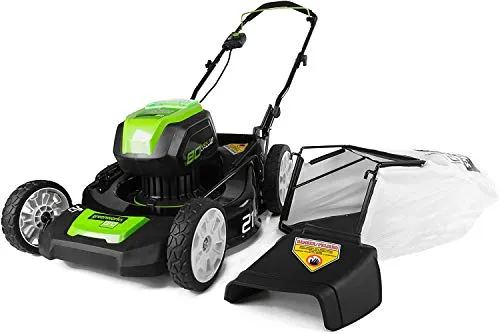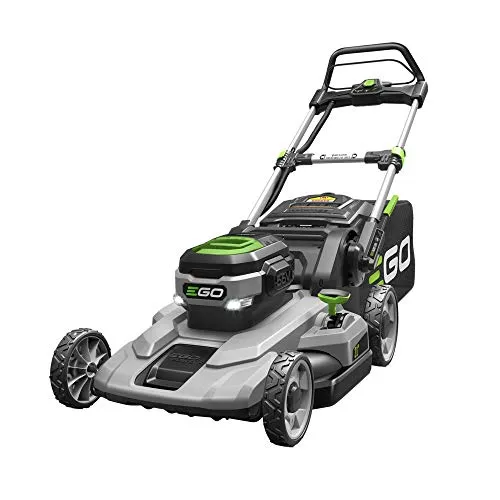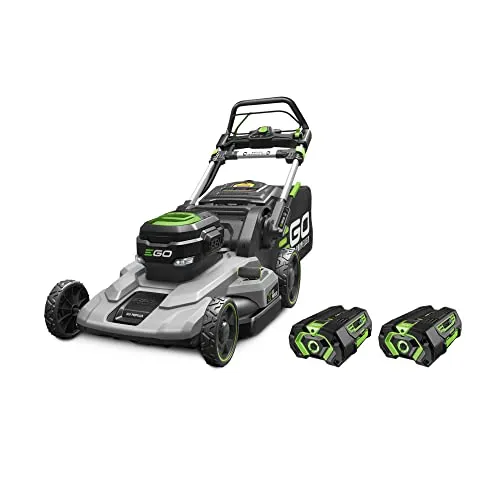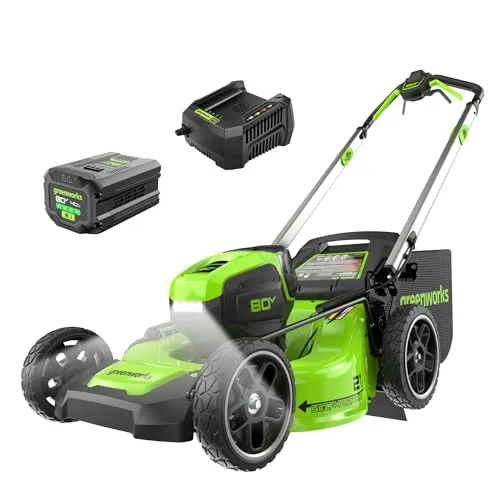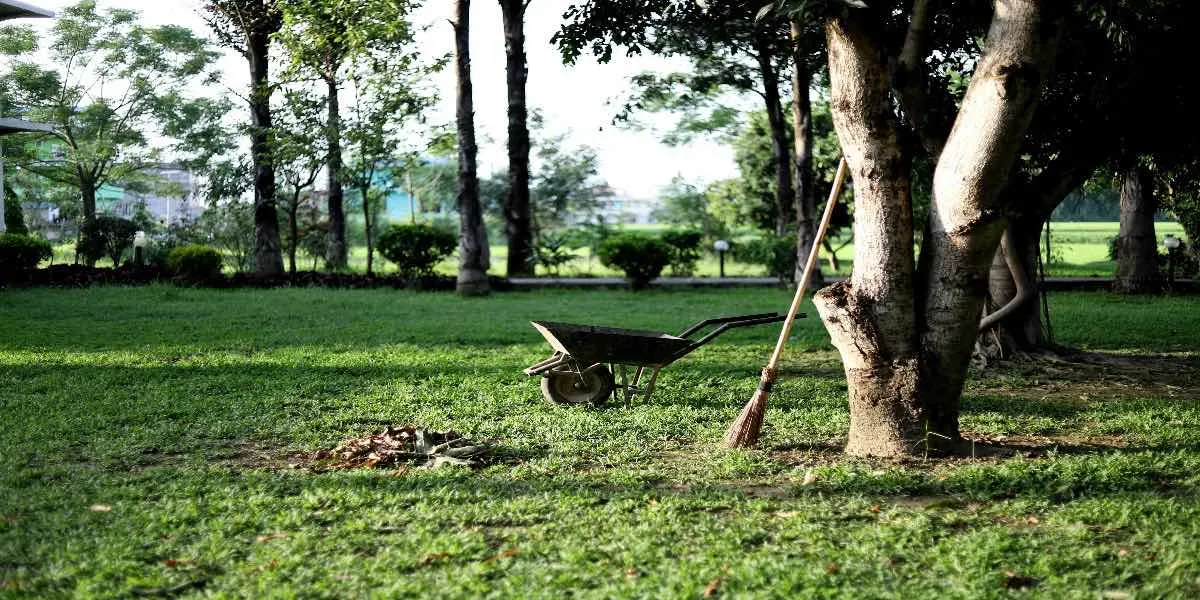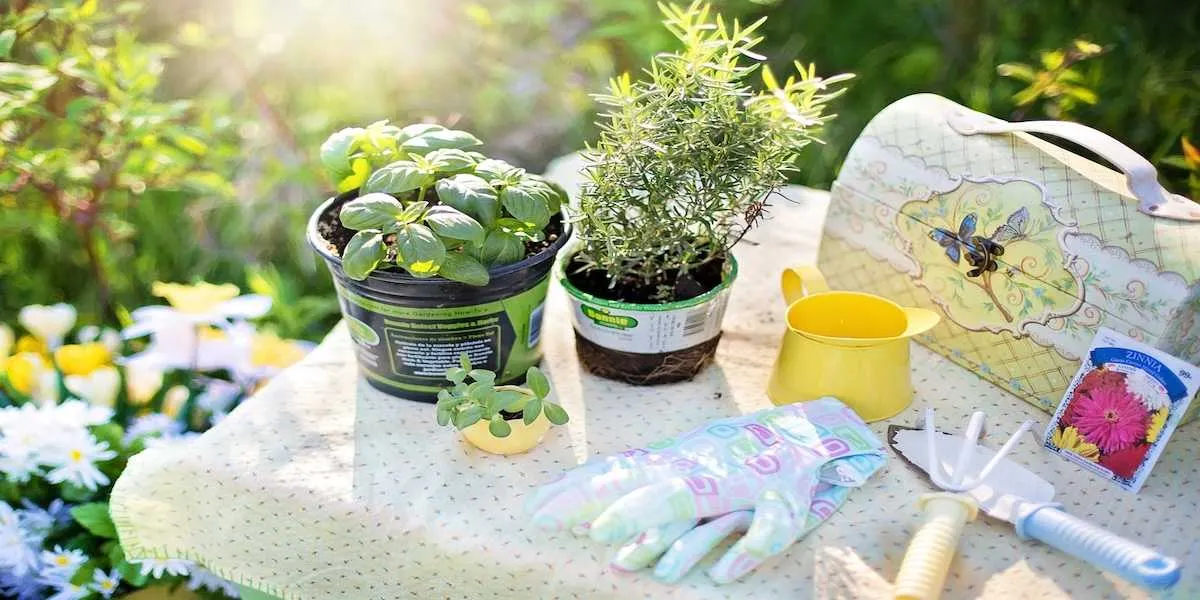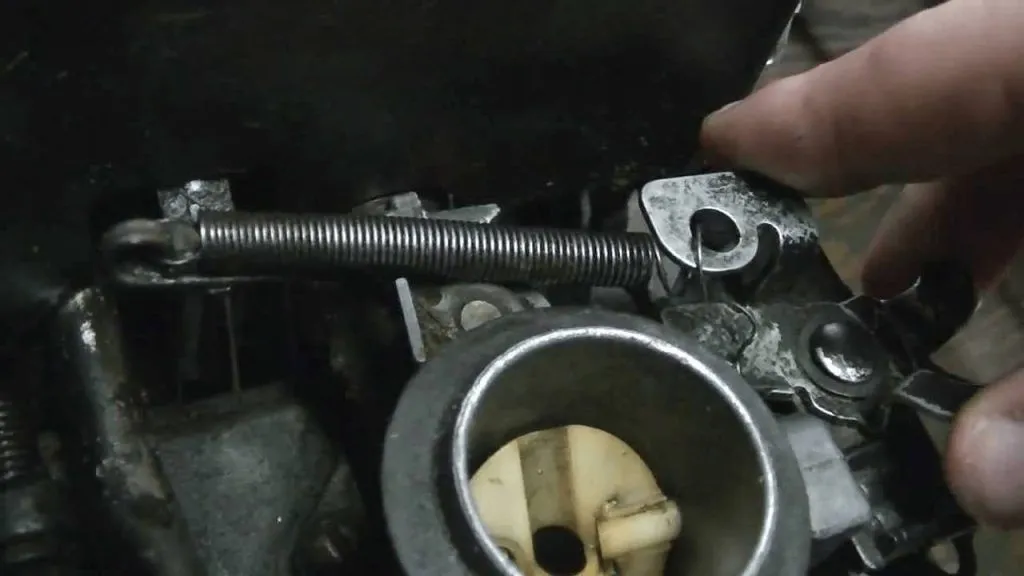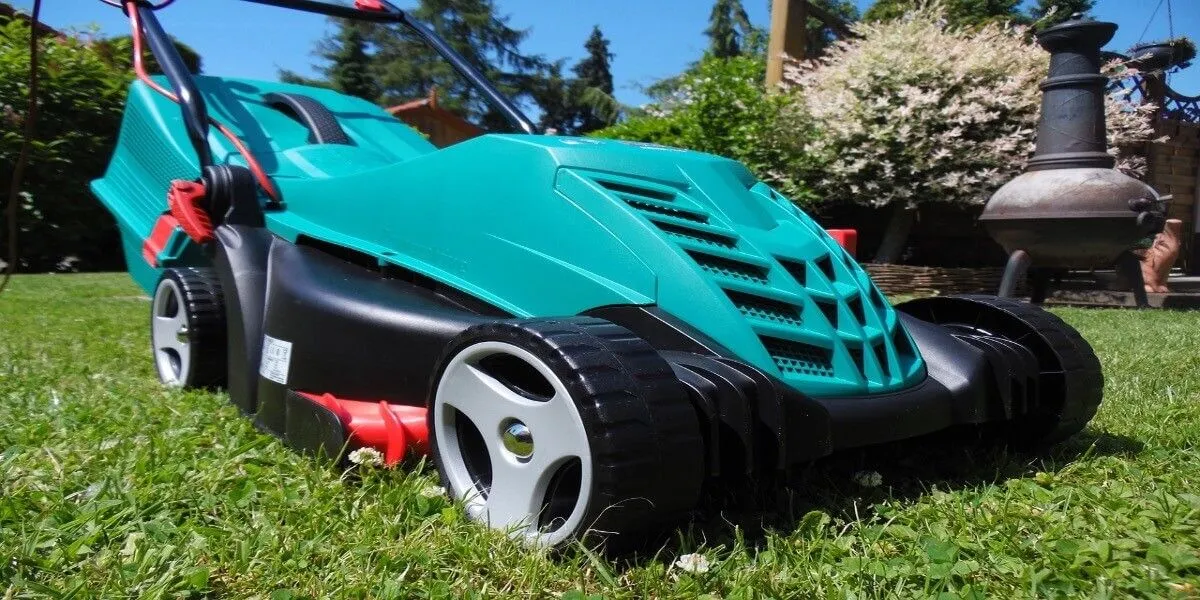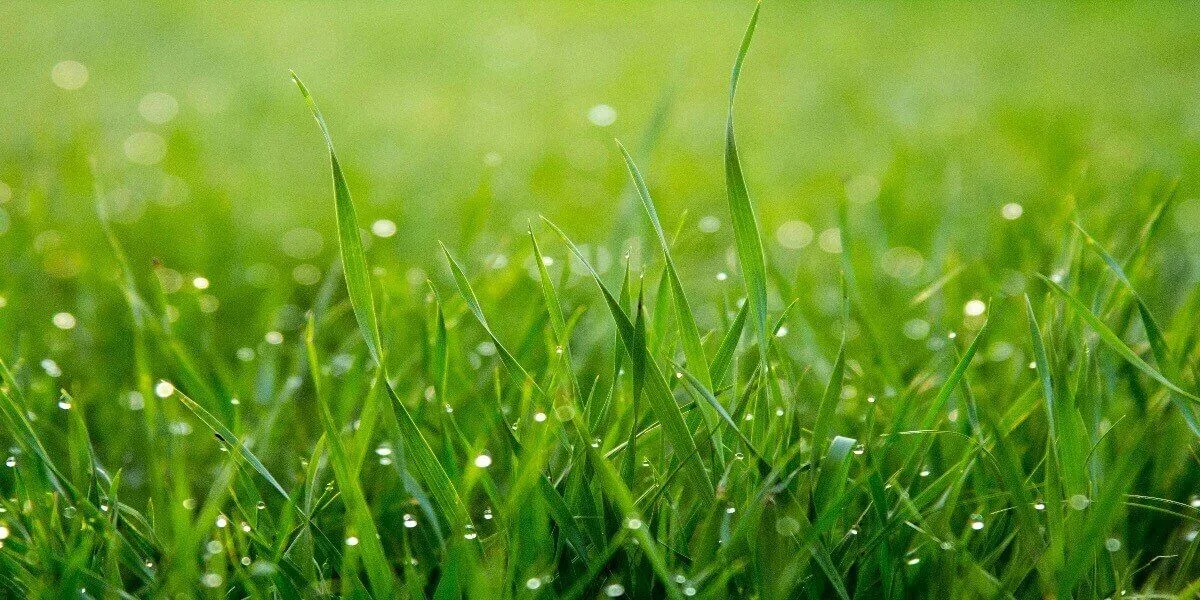The Ultimate Guide to Maintaining a Healthy Garden

Jeffrey Tung on Jan 1, 2024
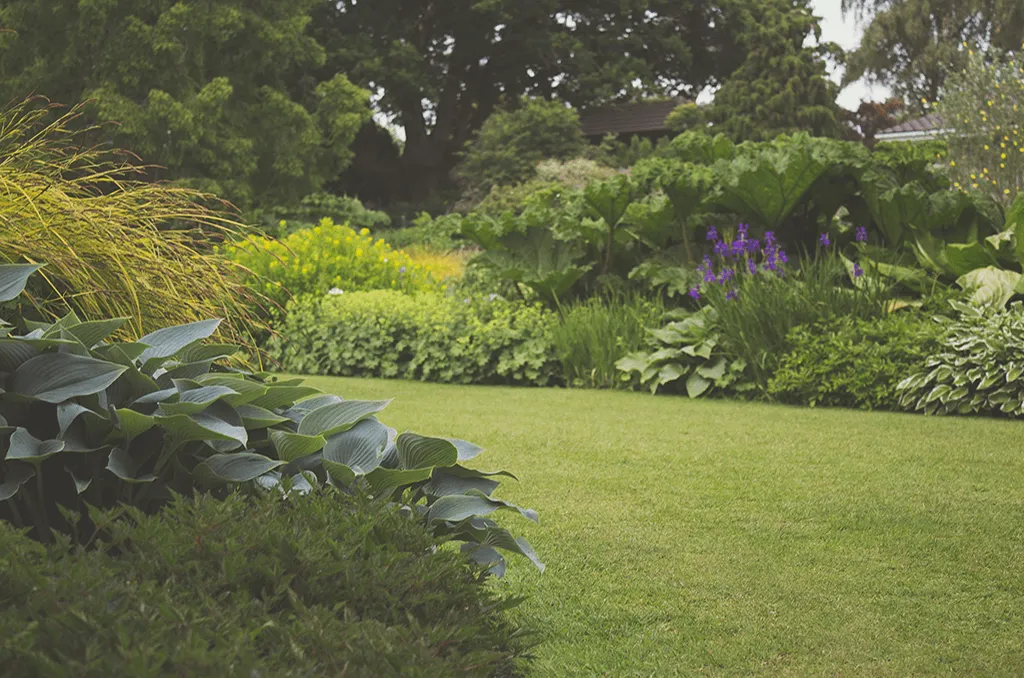
We earn affiliate commissions at no extra cost to you.
For any gardener, the plants and flowers in their piece of earth are their pride and joy. However, what’s to be done when a garden simply isn’t as healthy as you want it to be? Those stunted plants, that dry grass, and the no-show of fruits or flowers can be quite disheartening and frustrating.
All sorts of diseases can attack your beloved garden, destroying all your efforts and killing off your plants. You can have plants getting sick just like humans do; a pathogen bacterium, virus, or fungus could destroy your greenery. Environmental conditions such as drought or humidity can also be the culprit. Prevention is always better than cure. Therefore, it’s best to look at how you can defend your garden against disease and keep it as healthy as possible.
The reality is that maintaining a healthy garden takes a fair amount of work and effort, but the end result is worthwhile. You can grow a healthy garden and keep it that way when you know the right steps to take. Some of the steps can be fairly easy and work wonders on your land, giving you the satisfaction of a job well done.
When you become an expert in garden maintenance and upkeep, you’ll receive a lot of compliments from your social circle as well. You’ll literally enjoy the fruits of your efforts with the yield of your garden while also having a lovely view to enjoy every single day.
Check out this guide to maintaining a healthy garden and forge on ahead!
Maintaining a Healthy Garden: Some Steps for Success
If you want to see your garden free of pests and yielding delicious, organic fruits as well as vegetables, roll up your sleeves and get ready to work! Below are some essential steps you need to take to maintain that garden and keep it healthy. From the design of your garden to cleaning it before winter sets in, garden maintenance requires you to be alert and active:
1. How to grow a healthy garden
The initial step is to grow a healthy garden in the first place. When your plants are sturdy and hardy, they’re less likely to become diseased or be affected by the spread of pathogens. A little care right in the very beginning will help you get a healthy growth of plants and trees. This way, you wouldn’t have to spend so much time maintaining and protecting everything in your garden.
To ensure that your plants are strong, be careful about examining them before you make a purchase. Read up on the difference between good and bad roots. This will help in avoiding the introduction of disease right away.
You might be excited at the prospect of getting a new plant for your garden but you definitely don’t want a disease coming along with it! Whether you’re buying plants for your garden for the first time or acquiring a new addition, proper examination and sorting is a must.
It’s not easy to determine whether a plant is completely healthy or not, so make sure your research is as complete as possible. Stock up on catalogs, books, magazines, and anything else that can show you healthy specimens of the plant you want.
Before making a final deal, check the plant for rotten stems, insects, and dead spots. If any of these features are present, reject the specimen and ask for another one. You might not be able to find a completely healthy plant in the species you want; in that case, it’s best to leave empty-handed rather than risk the health of your garden. All these issues can spread and infect the healthy plants as well. So, it’s best to be safe than sorry.
Finally, check the tops and roots of the plants. Put a hand on the surface of the soil, holding the stem in your fingers. Then, gently flip the pot upside-down and shake it loose. This will enable you to see the roots. These should be white for most plants and firm to the touch. You should also be able to see the roots in abundance on the root-ball. If the roots are dark, rotted, or mushy, put the plant back. The same advice applies if the shopkeeper doesn’t allow you to check the roots.
2. How to maintain your garden at home
Once you have an abundance of healthy plants, it’s time to learn about maintaining it. If you want to keep the plants that way, a few precautions are in order.
First, you should get a soil test. You can get this through a local extension agency. If you don’t know the exact nutrient levels of your soil, you’re probably going to be feeding your plants based on solely guesswork. This would likely result in an imbalance of nutrients one way or the other.
Besides fertilizing properly, it’s also a good idea to purchase disease-resistant plants. These are the kinds that could get sick but are more likely to deal with the disease and fight it off instead of dying away. Certain tomatoes, for instance, are VFN-resistant, which makes them able to fight off the fungi called Fusarium and Verticillium.
Unfortunately, it’s quite hard to find disease-resistant flowers that are coded this way. There are some varieties that are naturally resistant to diseases, though. For example, several rose species are resistant to black spot and powdery mildew. You can always ask the company about such varieties before purchasing just to be sure. Your fellow gardeners or the employees at the nursery will also be able to help you in this regard, as would reference books, blogs, catalogs, etc.
3. How do I make my garden grow better?
If you want to make your garden grow plants in the best way possible, you’ll have to use the right materials. Using fully-composted yard waste is one of the best methods. A compost pile’s material may not all decompose at the same speed. Make sure you compost it thoroughly so that the high temperatures kill off the harmful pathogens. If the compost contains any plant debris without the proper processing, these might be infected and harm your garden instead of benefiting it.
You should also stay alert about any bugs in your garden, as these could be potential pests. When plants get insect damage, they look unsightly and are also unhealthy in general. This makes them less likely to fight off any further disease.
4. How do you take care of a garden?
One of the most important steps here is to be careful when fertilizing your plants. Too much fertilizer can end up burning the roots of any growing thing. This will reduce their water-absorbing ability, making the plants more vulnerable to harmful elements such as cold, heat, drought, stress, etc. If they don’t get enough water, they also don’t get the proper nutrients they need for growth.
When a plant doesn’t get enough nutrients, it would end up being much smaller than average and would probably also get unsightly leaf spots. Taking care about the fertilizer, however, will result in a strong plant that can fight off most threatening elements. Again, you need to be careful about the nutrients, as too many of them will only put stress on your plants.
5. How do you start a garden for beginners?
Starting a garden can be overwhelming when you’re a beginner. But the right steps will soon set your mind at ease. You should first to pick the right location, especially if you plan on growing a few crops.
For instance, you want to plant vegetables in a space that gets a minimum of six hours of sunlight every day. The more sunlight they get, the better-tasting veggies you’ll have.
You should also plant your seeds in good soil and compost. Go for a loamy soil and enrich it with the necessary nutrients. Proper drainage is also essential as this will ensure that your water doesn’t collect in the wrong place or drain rapidly.
Additionally, check that the environment is stable before planting. You don’t need your plants floating away in a flood or drying up in a parched area. Make sure there are no strong winds in the place that could harm your young plants or prevent pollinators from accomplishing their tasks.
Finally, you can start with a medium or small garden (around sixteen by ten feet or even smaller). Select plants and crops that easily grow without much tending. This will hopefully encourage you and give you the confidence needed for a little more experimentation next year.
6. How do you design a garden?
Designing a garden could be difficult when you’re doing it manually. However, using an online planner will help you create a smart and productive garden that’s also healthy. Draw the plan using computer software and use an online tool to put in the frost dates. You can also make use of certain software to determine how many plants will fit on your land with the proper spacing. With this knowledge, you won’t be crowding your plants or wasting your seeds.
7. How do you plan a garden layout?
Planning a garden layout involves making sure not to crowd your plants nor waste your space by placing them too far apart. You want to make sure that the features of your garden include what you have in mind, such as space for an irrigation system, certain varieties of trees, etc.
Next, look at the amount of space you have and decide how large a garden you want. If you’re a beginner, start with a small garden and perfect that before working your way up. The installation cost, maintenance time, and expense will be the other factors.
Finally, note the shady and sunny areas in your garden and see how they shift during the day and throughout the year. Plan the garden so that every plant gets what it needs.
8. How to grow healthy plants
Growing healthy plants requires certain steps in planting and harvesting them correctly.
First, you need to space the plants correctly. Too little space between them can cause scarcities in water, nutrition, and sunlight. This makes the crops immature and vulnerable to both pests and diseases.
Next, make sure you use seeds of high quality. Seed packets are usually a risk in this area. Therefore, you should think about stretching your budget and getting some quality purchases or even individual plants this year.
Finally, you also need to plant the seeds at the right time and harvest them in a timely manner as well. Check the packaging of the seeds to find out about the right planting and harvesting dates.
9. Proper watering for a healthy garden is equally important
You may think that giving your plants more water is a kindness. But you may also be giving nourishment to the pathogens that harm your garden. You don’t want to create an ideal environment for diseases. So, adopt a watering method that would limit the moisture on your foliage.
You can use methods like drip irrigation or soaker hoses for this purpose. Even if you have to water by hand, try holding the leaves away while giving water to the roots.
Getting the leaves wet will result in several problems. Therefore, we don’t recommend overhead sprinkling. If there’s no other choice, though, make sure you sprinkle at a time during the day when the leaves can dry up quickly. However, there should be enough time for the roots to absorb the water.
10. Choosing plants for a healthy garden
You need to choose the right plants to ensure that your garden remains healthy with a minimum effort. In addition to the disease-resisting plants we’ve discussed above, you also want to choose your plants according to the site.
For instance, azaleas love the shade. Don’t place that plant in a sunny spot. If you do, its growth will be poor and it will be susceptible to attacks by pests and diseases. Crape myrtles, on the other hand, are likely to develop powdery mildew if even a part of them is in shade.
11. Cleaning for a healthy garden
Cleaning up in the fall is best for maintaining a healthy garden. You should clear up the fallen leaves before winter sets in; otherwise, you risk the dead leaves festering diseases on the new spring spouts after the snow melts or the weather gets warmer. You might want to leave some foliage and stems during the winter. But remove these before any new spring growth starts.
Even if you have a moderate climate where you live, cleaning up the garden in the fall will prevent disease and also control any existing diseases that might be present. Some of these diseases include black spot, daylily leaf streak, and iris leaf spot.
12. The best time to weed and prune
Summer is the best time for removing those unsightly and harmful weeds, especially as they’d have reached a proper size by then. You’ll need the weeds to be visible to dig them up. Invest in a weeding trowel for this purpose and make sure to do away with the weeds from the very roots. You can also utilize mulches to prevent weeds from growing in the garden beds.
Some might suggest panting the beds as closely as possible so there’s no room for the weeds. However, this would negatively affect the plants by limiting the nutrients they can reach.
Pruning and trimming are best done in late winter rather than spring. If there are any wounded limbs, it’s best to lop them off as soon as possible rather than leaving them to get infected in the winter season. You don’t want the disease to establish itself while the plant or tree is dormant.
With pruning in late winter, you’ll be able to stop the disease from attacking any new and healthy growth. However, there might be some damage caused by the storm in late winter. Even with this risk, it’s still better to trim an affected limb rather than leave it for the spring.
When you’re pruning or trimming, make sure you use sharp tools. These will ensure clean cuts that can heal quite quickly. The cutting should also go back to the healthy and alive tissue, doing way with the dead and/or diseased part completely.
Wrapping up
Gardening is an immensely beneficial activity in more ways than one. It’s relaxing, therapeutic, and gives you a lot of practical advantages as well. You get garden-fresh vegetables with sweet and juicy flavors as well as amazing textures. If you can manage to grow your own fruits and vegetables, the taste will be like nothing you can find in the market.
If you want to ensure that your garden will remain productive and beneficial, the above steps will help you in achieving this goal. The actions here might require some effort but they’ll go a long way in maintaining a healthy garden and ensuring your peace of mind.

